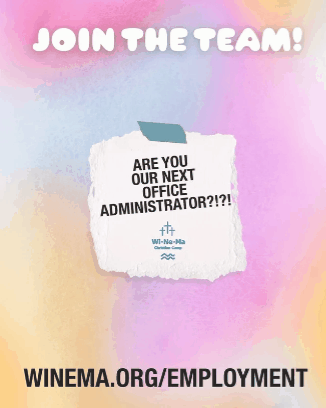| This newsletter has been closely tracking proposed floating wind energy proposals in federal waters off Oregon’s coastline.
In recent weeks, state officials found out that four of the five companies eligible to bid in the lease sale no longer planned to participate. That left only one company, an Oregon-based solar developer, to bid in the auction, leading the federal agency to cancel the auction over insufficient bidder interest. The announcement came after Governor Tina Kotek sent a terse letter urging the U.S. Bureau of Ocean Energy Management (BOEM) to terminate the lease sale. The governor cited lack of market readiness and growing opposition from coastal communities and state legislators as well as a tribal lawsuit as the reasons for halting the lease auction. The governor also expressed concern about the non-competitive nature of the auction, given that most developers deemed eligible to participate no longer plan to bid.
I have often opined that we need more renewable energy and we certainly want the good new jobs such projects would create. But we need to make sure such development is done right with appropriate engagement with coastal communities, tribes, industries and environmental concerns.
Little is known about what such floating wind farms would do to the marine environment because the technology is still in development. Only a few pilot floating wind farms have been built in Europe and Asia. Government officials have also acknowledged that future floating turbine blades will be much larger than those currently installed, so current visual simulations and impacts on bird species are only guesses.
My recent conversations with fishing interests in Scotland and the Netherlands reported loss of 30-50% of their traditional fishing grounds. In response to the local Oregon decision, Heather Mann, executive director of Midwater Trawlers Cooperative, a fishing group based in Newport said “This is not only a huge relief to the fishing industry, but to all Oregonians who want to understand what the impacts from floating offshore wind energy development could be.”
So if BOEM has cancelled the lease auction and we don’t know how or when future discussions will evolve, why am I bringing this all up again?
BOEM has just released a series of visual simulations to provide spatially accurate and realistic images of hypothetical offshore wind projects in the Oregon Call Areas and how they might appear from different locations along the coast. |

















